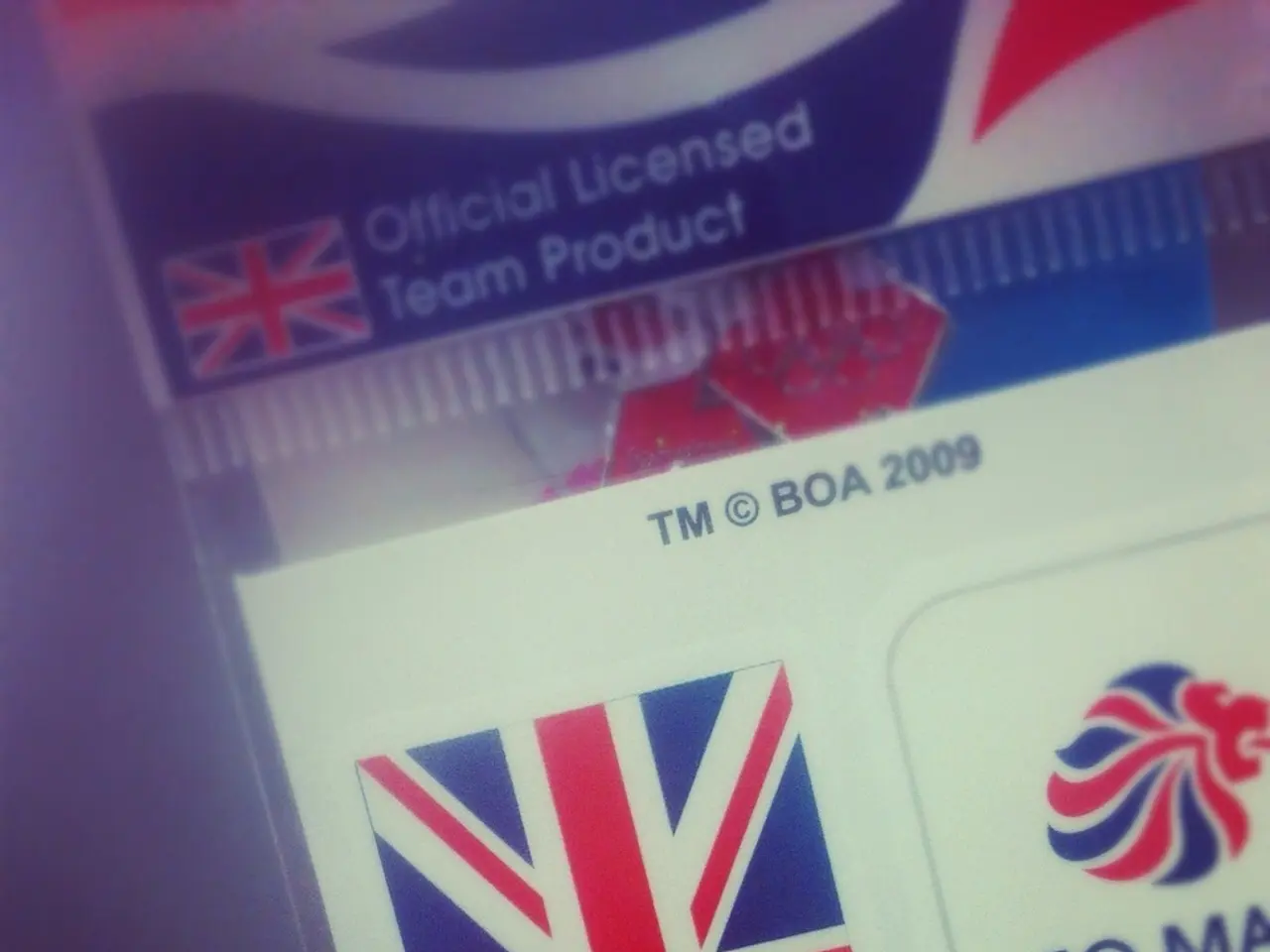License Agreement for Content Usage
When drafting a content license agreement for various types of creators, it's essential to include several key points to ensure clarity, protect creators’ rights, manage financial and legal risks, and set operational expectations.
Scope of Rights Granted
Specify exactly what rights the licensee receives, including the type of use (e.g., personal, commercial), exclusivity (exclusive or non-exclusive), geographic territory, and duration of the license to avoid disputes over use boundaries.
Payment Terms
Clearly define compensation details such as flat fees, royalties, payment schedules, auditing rights, and minimum payments to ensure transparency and compliance.
Usage Restrictions
Define limitations on how the content can be used, including prohibited uses, user limitations, and whether sublicensing or transfers are allowed.
Intellectual Property Ownership
State that the creator retains ownership of the intellectual property unless explicitly transferred, confirming that licensing does not imply ownership.
Quality Control and Compliance
Include obligations for the licensee to maintain quality standards and comply with relevant laws, protecting the creator’s reputation and legal standing.
Termination Conditions
Outline grounds for termination such as breach of contract, misuse, non-payment, or mutual agreement, and specify what happens to the licensed content after termination.
Confidentiality
Include clauses to protect sensitive or proprietary information shared during the license relationship.
Dispute Resolution, Governing Law, and Venue
Specify the governing law and dispute resolution methods (e.g., arbitration vs. court), to manage legal risks and provide clear mechanisms for handling conflicts.
Updates and Modifications
For software or evolving content, establish if the licensee will receive updates or modifications and under what terms.
Contact Information
Include clear contact details for both parties to facilitate communication regarding the agreement.
Moreover, it's important to note that the English version of the agreement prevails over all translations. This content license agreement, when drafted carefully and comprehensively, can help protect the interests of both creators and licensees, ensuring a fair and mutually beneficial relationship.
Read also:
- Discussion: Subsonic Discusses Touring, Frequency Adjustments, and Upcoming Track 'Where You Are'
- Maintain a tight bond with your friends, but maintain an even closer relationship with your digital entities
- Commemorate Raksha Bandhan by Accumulating Generous Discounts on Residential Equipment
- Exquisite Luxury Bedroom Designs to Elevate Your Room's Regal Ambiance




